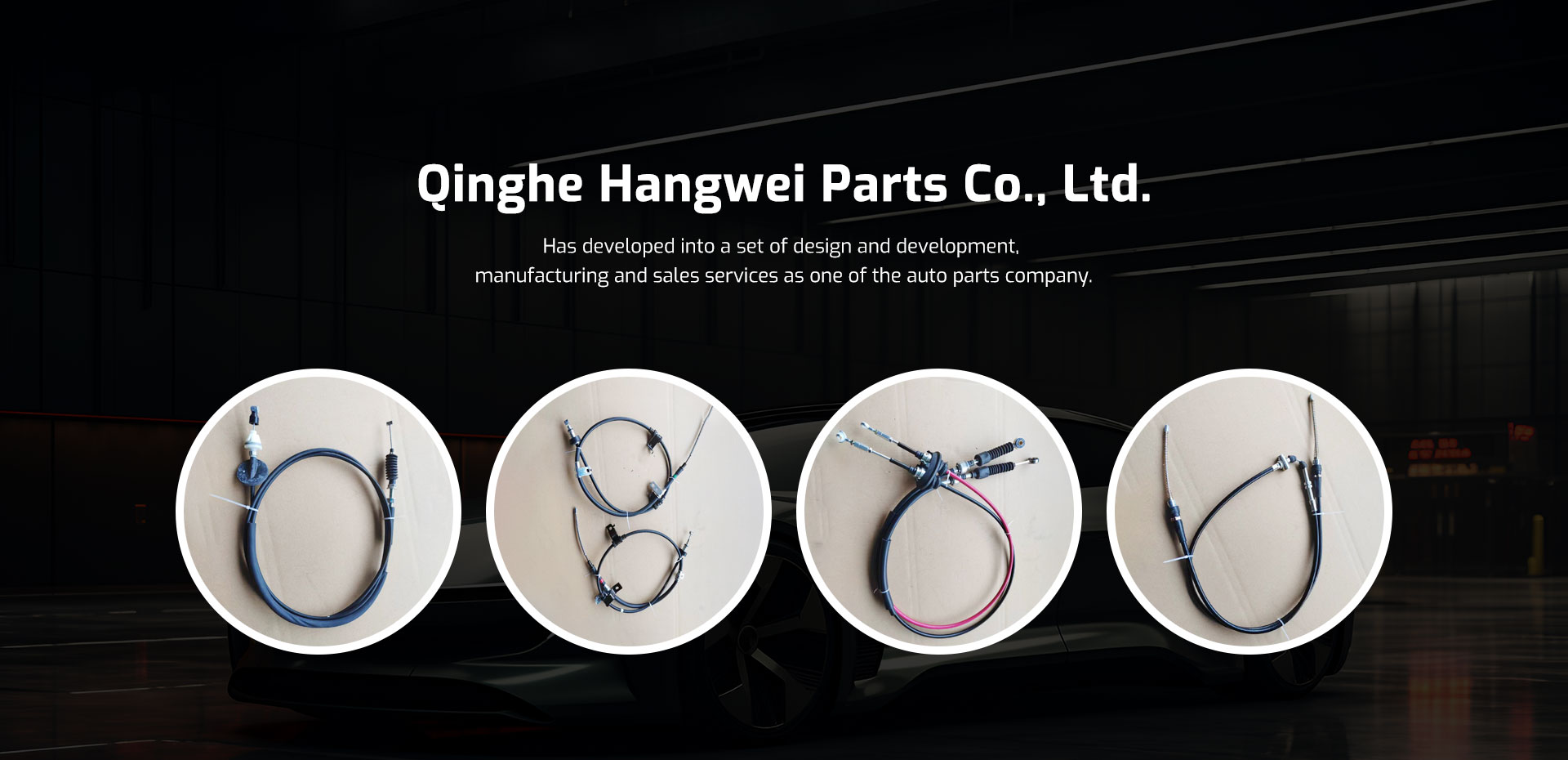High-Performance Clutch Slave Cylinder Hose for Improved Vehicle Performance and Durability
Understanding Clutch Slave Cylinder Hose Function and Importance
The clutch system in a vehicle is a critical component that enables smooth gear changes and overall driving efficiency. Within this system, the clutch slave cylinder plays a pivotal role, and it relies on a specific element known as the clutch slave cylinder hose. This article delves into the function, construction, and significance of the clutch slave cylinder hose in automotive systems.
What is the Clutch Slave Cylinder?
To understand the clutch slave cylinder hose, it’s essential to first grasp what the clutch slave cylinder is. The clutch slave cylinder is a hydraulic component that is responsible for engaging and disengaging the clutch mechanism when the driver presses the clutch pedal. It receives hydraulic fluid under pressure from the master cylinder, translating that pressure into mechanical force that moves the clutch fork and disengages the clutch. This enables the driver to change gears smoothly.
The Role of the Clutch Slave Cylinder Hose
The clutch slave cylinder hose serves as a communication line between the clutch master cylinder and the slave cylinder itself. This flexible hose is designed to transport hydraulic fluid under pressure, ensuring that the necessary force is applied to the clutch system. The importance of this hose cannot be overstated, as it directly affects the efficiency and responsiveness of the clutch operation.
Construction of the Clutch Slave Cylinder Hose
The construction of the clutch slave cylinder hose typically involves a durable rubber or a composite material reinforced with steel braiding. This design is essential for withstanding the high pressures generated within the hydraulic system. Additionally, the hose must be resistant to temperature variations and chemical deterioration, as it comes into contact with brake fluid or hydraulic fluid, which can be corrosive over time.
Signs of a Failing Clutch Slave Cylinder Hose
clutch slave cylinder hose

Like any vehicle component, the clutch slave cylinder hose may wear out or fail over time. A few signs of a failing hose include
1. Fluid Leaks One of the most obvious indicators of a failing clutch slave cylinder hose is the presence of hydraulic fluid leaks. This can usually be seen pooling beneath the vehicle or along the length of the hose itself. If fluid leaks are observed, it's crucial to inspect and replace the hose as soon as possible. 2. Stiff Clutch Pedal If the clutch pedal feels unusually stiff or requires excessive force to press down, it may indicate a problem with the slave cylinder or the hose. This could result from insufficient fluid reaching the slave cylinder due to a blockage or leak in the hose.
3. Difficulty Engaging Gears If you experience difficulty in engaging or disengaging gears, it could suggest that the hydraulic pressure is not being adequately transmitted to the clutch. This often means there is a problem with either the slave cylinder or the hose.
4. Spongy Clutch Pedal A spongy or soft feeling when pressing down on the clutch pedal may indicate air in the hydraulic system, often caused by a leaking hose or a failure in the hydraulic system.
Maintenance and Replacement
To ensure optimal performance, regularly inspecting the clutch slave cylinder hose for wear and tear is essential. Replacement should be performed if any signs of damage or leaks are identified. It's advisable to consult with a professional mechanic for thorough diagnostics and replacement if necessary.
Conclusion
The clutch slave cylinder hose may often be overlooked in discussions about vehicle maintenance, but its role is vital to the proper functioning of the clutch system. Understanding its significance and recognizing the signs of wear can help vehicle owners maintain their clutch systems effectively. Regular inspection and timely replacement can prevent more significant issues and ensure a smooth, reliable driving experience. Investing in the health of the clutch slave cylinder hose ultimately contributes to vehicle longevity and performance, making it a key component to prioritize in automotive maintenance.
-
Upgrade Your Vehicle with High-Quality Handbrake CablesNewsNov.01,2024
-
Optimize Your Bike's Performance with Quality CablesNewsNov.01,2024
-
Enhance Your Vehicle's Performance with Quality Clutch ComponentsNewsNov.01,2024
-
Elevate Your Vehicle's Performance with Quality Throttle CablesNewsNov.01,2024
-
Elevate Your Vehicle's Performance with Quality CablesNewsNov.01,2024
-
Affordable Solutions for Your Cable NeedsNewsNov.01,2024
